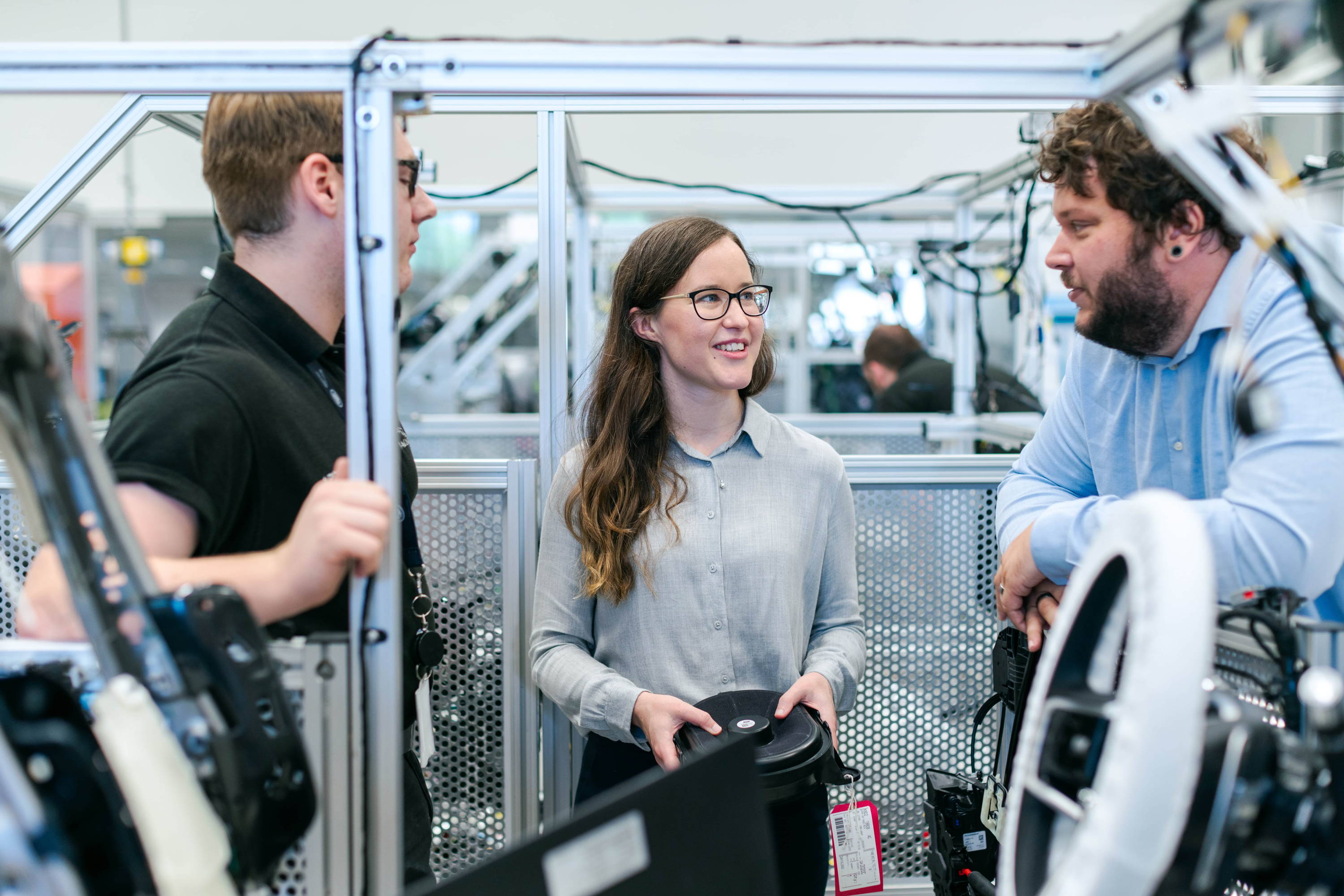
Goal 9: Industry, Innovation and Infrastructure
How Do We Bridge The STEM Gap?
Women make up less than one-third of the STEM workforce and men vastly outnumber women majoring in STEM fields. So how do we change that?
By Jessica jurkschat
20 June 2023
Marie Curie. Rosalind Franklin. Florence Nightingale. Katherine Jackson. The history of the science, technology, engineering and mathematics (STEM) field is filled with contributions from high-profile women who are responsible for some of the world’s most life-changing innovations. Despite this, women remain woefully underrepresented and under-rewarded in the field today.
Giving women and girls equal opportunities to pursue and thrive in STEM careers helps narrow the gender disparity, furthers women’s economic security, promises a diverse and talented STEM workforce and helps prevent biases in both the products and services that STEM fields provide.
So why the gender gap?

Gender stereotypes
Studies show that science, technology, engineering and mathematics are often portrayed as masculine subjects, and from as early as preschool, teachers and parents often underestimate girls’ math abilities. Girls and women are systematically encouraged to pursue ‘feminine’ careers like nursing, teaching, or dental assisting, and tracked away from science and math throughout their education – limiting their access, preparation and opportunities to go into these fields as adults.
Lack of female role models
Having a role model is crucial when it comes to attracting and inspiring females to take up a career in the STEM industry. A serious lack of female scientists and engineers leaves the young generation of girls with fewer role models to inspire their interest in the STEM field.
Male-dominated industries

Since fewer women study and work in STEM, these fields tend to perpetuate inflexible, exclusionary, male-dominated cultures that are not supportive or attractive to women.
Maths anxiety
Teachers – who are predominantly women – often have “maths anxiety” they pass on to girls. As a result, they often grade girls harder for the same work and assume girls need to work harder to achieve the same level as boys.
Diversity is the catalyst for innovation
100% of profits from the sales of #TOGETHER products go to charities that advance the Sustainable Development Goals. Find out more here.